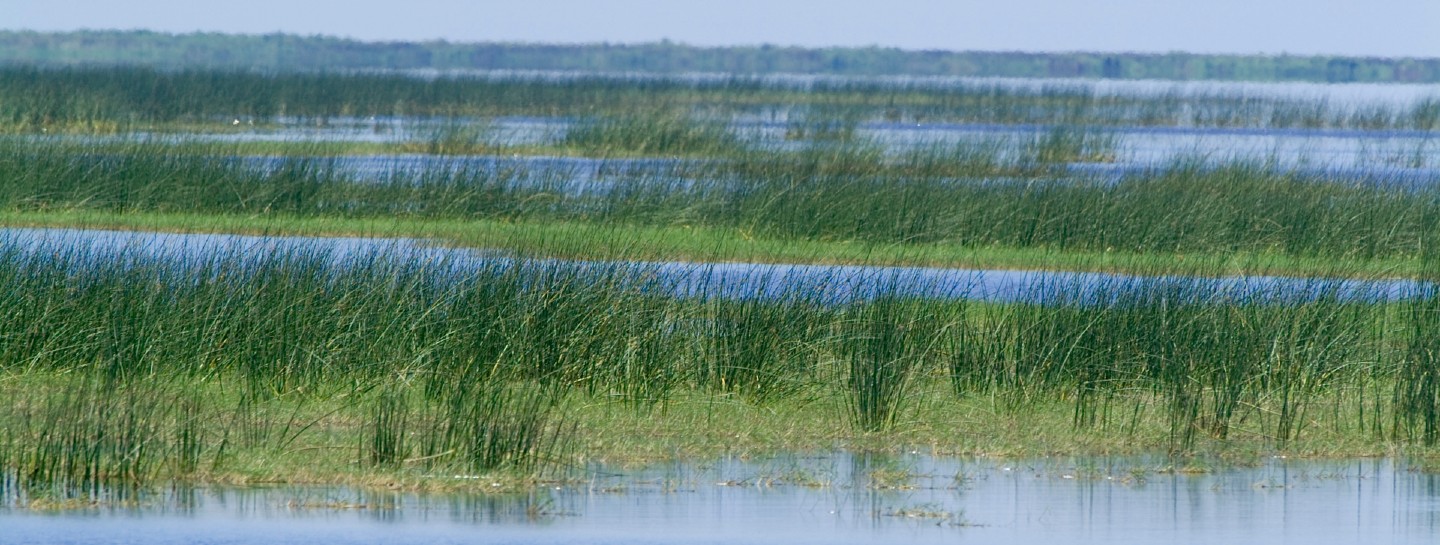Lake Okeechobee Watershed Restoration Project
Part of the Comprehensive Everglades Restoration Plan (CERP), the Lake Okeechobee Watershed Restoration Project (LOWRP) is a planning effort being conducted by the U.S. Army Corps of Engineers (USACE) and the South Florida Water Management District (SFWMD). The project area covers a large portion of the Lake Okeechobee Watershed north of the lake.
Project Objectives
- Increasing water storage capacity in the watershed, resulting in improved Lake Okeechobee water levels
- Improving the quantity and timing of discharges to the St. Lucie and Caloosahatchee estuaries
- Restoring wetlands
- Improving water supply for existing legal users
Revised Recommended Plan
Concerns related to acceptability and cost of the Plan, received during state, agency, and tribal review of the Draft Report of the Chief of Engineers, resulted in direction to refine the Recommended Plan by removing the aboveground storage component (wetland attenuation feature) and its 25 assisted ASR wells. The LOWRP Revised Recommended Plan (Alternative ASR) consists of the following components:
- Underground Storage - 55 Aquifer Storage and Recovery (ASR) wells located in clusters throughout the watershed
- Wetland Restoration of approximately 5,900 acres
- Paradise Run ~ 4,700 acres
- Kissimmee River-Center ~ 1,200 acres
Recommended Plan Benefits
- Increases the amount of time Lake Okeechobee is within the ecologically preferred stage envelope
- Reduces flows to the Caloosahatchee Estuary and St. Lucie Estuary by an additional 21%
- Reduces water supply cutback volume to the Lake Okeechobee Service Area by 35%
- Restores approximately 5,900 acres of wetlands along portions of the historic Kissimmee River floodplain
- Provides public recreational features in the wetland sites
LOWRP Planning Timeline
- Project scoping began – July 2016
- Draft Integrated Project Implementation Report and Environmental Impact Statement (PIR/EIS) released – July 2018
- Revised Draft PIR/EIS released – July 2019
- Final Integrated PIR/EIS released – August 2020
- Draft Revised Integrated PIR/EIS released – February 2022
- Final Revised Integrated PIR/EIS – June 2022
- Chief’s Report –Targeting WRDA 2022
The latest update to the LOWRP PIR/EIS is available on USACE website.
LOWRP Aquifer Storage and Recovery (ASR) Well Program
The Florida Legislature appropriated a total of $150 million for the LOWRP during the previous three legislative sessions. During the 2021 legislative session, the Florida Legislature also passed Senate Bill 2516 to further support and expedite the implementation of LOWRP. This funding was provided to the SFWMD for the design, engineering and construction of specific LOWRP components designed to achieve the greatest reduction in harmful discharges to the Caloosahatchee and St. Lucie Estuaries. The SFWMD and USACE determined the ASR well component would provide the greatest benefits to the estuaries.
As the SFWMD moves forward in a phased approach for the design and construction of ASR wells, there are remaining scientific uncertainties and stakeholder concerns regarding regional implementation of the technology. To address these uncertainties and concerns, SFWMD formed an ASR Peer Review Panel of expert Florida scientists to review the ASR Well program and 2021 ASR Science Plan, and provide recommendations on its regional implementation in south Florida. Learn more about the ASR Well Program and the 2021 ASR Science Plan.
Related Documents
- Letter of Support to USACE from SFWMD - May 26, 2022
- Progress Report: SFWMD Implementation of Senate Bill 2516 (2021) - November 1, 2021
- Memo from USACE to SFWMD - Sept. 10, 2021
- Letter from USACE to SFWMD - Aug. 6, 2021
- Letter from SFWMD to USACE – June 25, 2021
- Florida Senate Bill No. 2516 – April 28, 2021 (Approved June 2021)
- Letter from SFWMD to USACE – March 3, 2021
- Letter from USACE to SFWMD – Feb. 24, 2021
- Letter of Support to USACE – Feb. 4, 2020
- Letter to SFWMD: Pre-Partnership Credit Agreement – Aug. 28, 2019
- Letter to USACE: Pre-Partnership Credit Agreement – July 22, 2019

